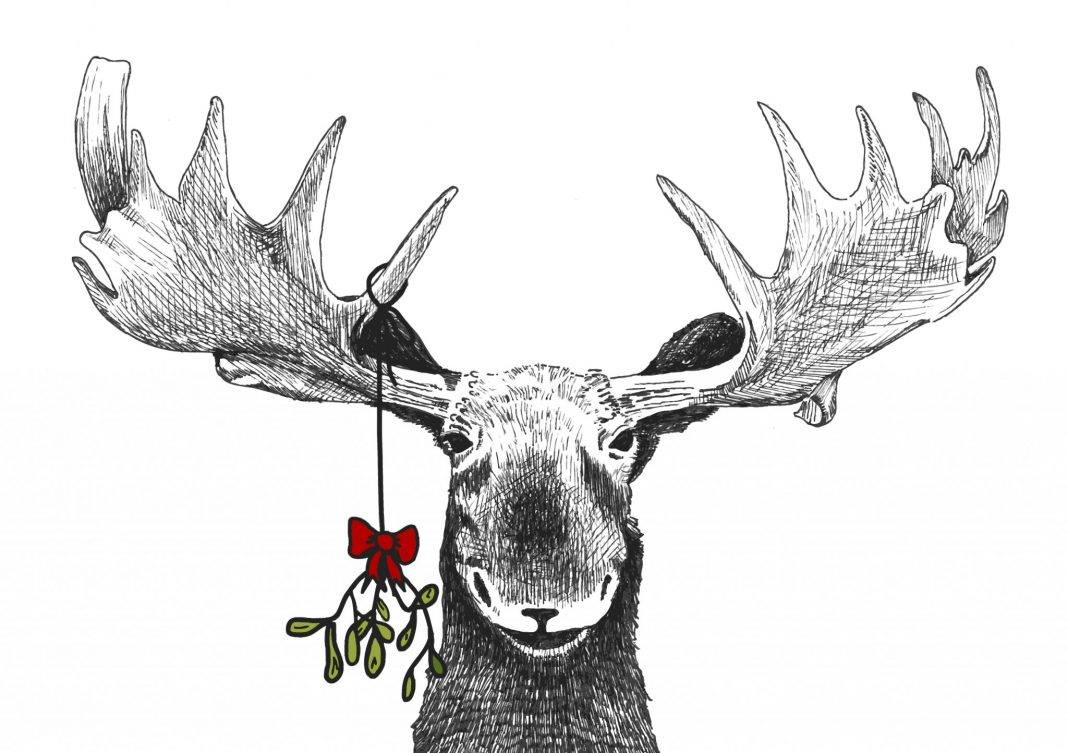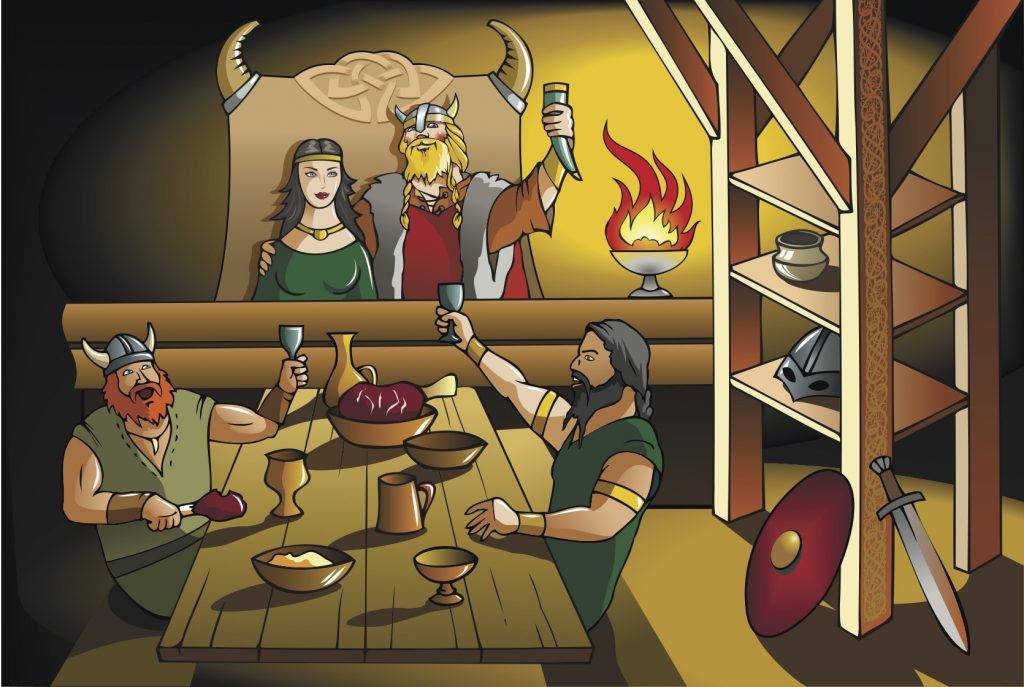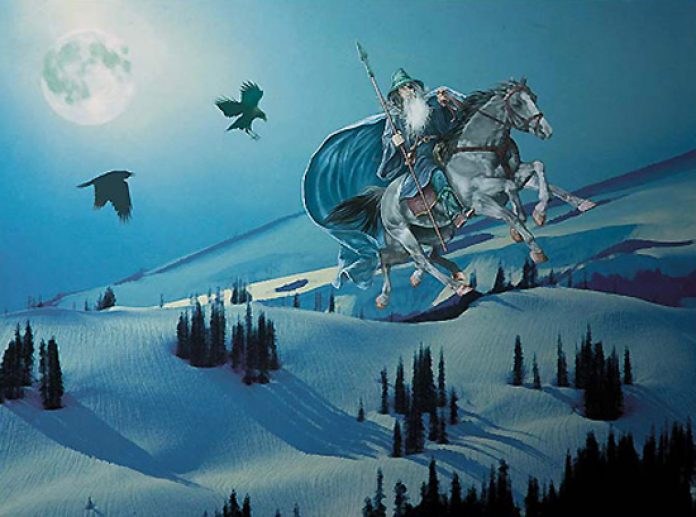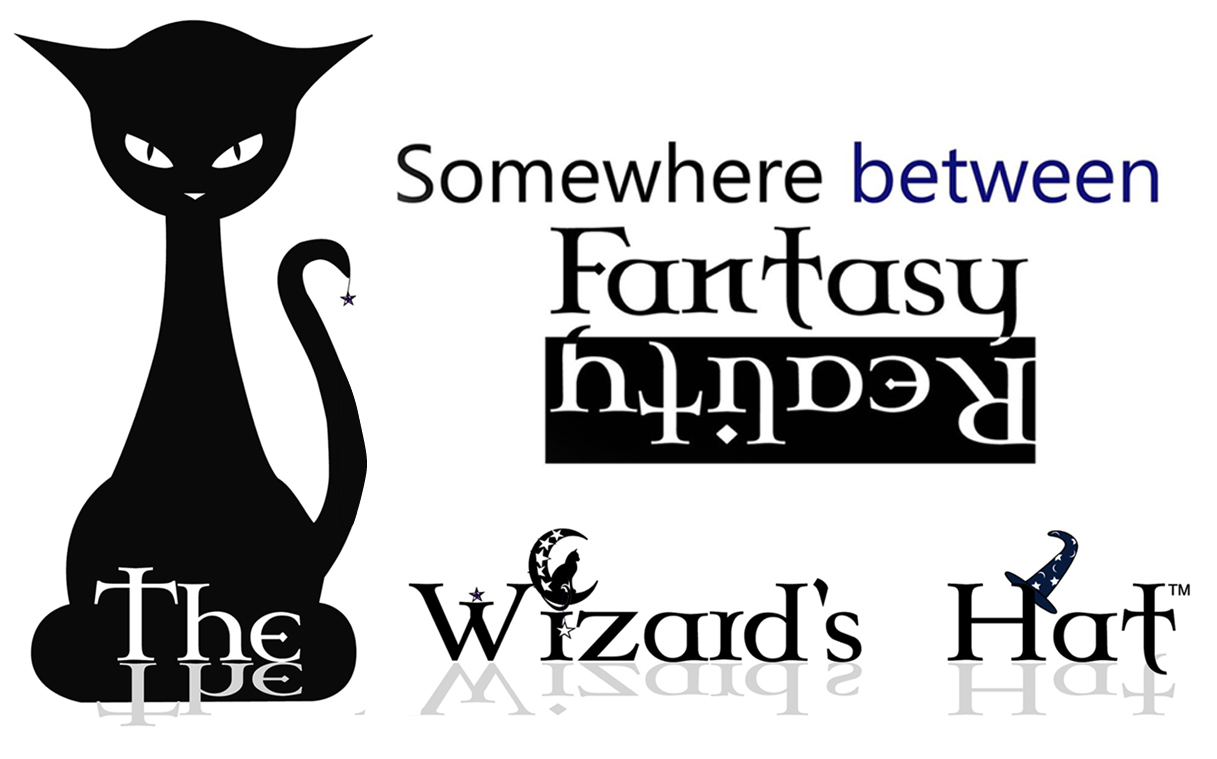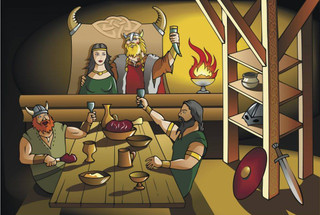Posted by The Wizard's Hat on Dec 23rd 2024
Christmas Traditions That Originated from the Vikings
Christmas Traditions That Originated from the Vikings.
Article by:
Swedes in the States
Christmas is originally intended to be celebrated as a Christian holiday – each year celebrated to commemorate the day Jesus Christ was allegedly born. However, did you know that several of the Christmas traditions that many of us hold dear to our hearts are derived from long before Christianity was even born?
Every December the Vikings would celebrate the Midwinter Solstice, which is when the night is the longest, and the day is the shortest one of the year. They would have big feasts while celebrating for 12 days straight. They believed that Odin, the great God, and father of other gods, would ride across the night sky and visit them in their homes. They called it “Yule”. To this day, the word for Christmas in the Scandinavian languages is “Jul”.
Christianity reached Europe while the Vikings still believed in their pagan mythology, and because of that the Norse traditions would be mixed with the Christian, turning Christmas into what many of us celebrates today.
Christmas ham
For those brave souls who had died a warrior’s death on the battlefield, the afterlife provided just as little peace as it had done on earth. Every day, the warriors would wake up only to fight in yet another war against the giants threatening the peace in Valhalla. If they died, they were resurrected and every evening they would participate in a big feast attended by both Thor and Oden. The main dish? You guessed it. The ham.
Every night, a big wild boar named Särimner, would be served. No matter how many warriors were at the table, there was always enough of Särimner to feed everyone. And every day before the feast, Särimner would resurrect to serve as the centerpiece of the feast again. Just like the ham on our Christmas tables.
The Christmas Goat
In Scandinavia, decorating your home with straw goats, so-called “julbock” is a very popular tradition. The goats have been a part of the tradition for such a long time that many might have forgotten exactly what they represent, but it is believed that the goats were an homage to Thor and the goats that pulled his carriage across the skies, Tanngnjóstr, and Tanngrisnir.
Santa Clause
For the Vikings, Yule was strongly connected to Odin. Yule would be the time of year where you could see the God of Gods flying across the night sky visiting people in their homes. Oden was often depicted as an old, wise, all-knowing, fatherly man and he would fly across the sky on his eight-legged horse, Sleipner. Sounds familiar? Yep, it is widely believed that Odin is, in fact, the original version of Santa Clause.
Later on, the Dutch decided to take on the Norse tradition and make him into Santa Clause, or as they call him, Sinterklaas. However, it was Saint Nicholas, which has nothing to do with Norse mythology, that perfected Santa Clause and made him what he is today. The bearer of gifts for the good.
We found a pretty funny cartoon about how Odin became Santa.
12 days of Christmas
This is an interesting one since 12 days of Christmas is a tradition far more popular in the United States than it is in Scandinavia. Nevertheless, the 12 days of Christmas originates from the 12-day long midwinter feast celebrated by the Vikings every winter solstice (the shortest day and longest night of the year). Mistletoe
The Norse god Balder, the god of light and goodness, and in general everyone’s favorite god, was slain by an arrow poisoned with mistletoe, which was the only thing that could harm Balder. When Balder’s mother Frigg saw her dead son she was inconsolable. While crying next to her son, her tears fell on the red berries of the mistletoe, turning them white. This made the berries so powerful that they brought Balder back to life.
Therefore the mistletoe stood for renewal, life, goodness, and love to the Vikings. A tradition perfect for Christmas as we know it today.
